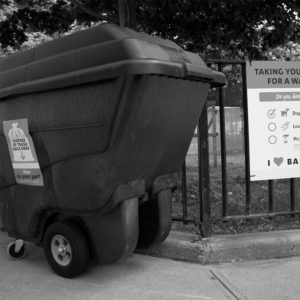Making the Case for Behavioral Science in U.S. Policy Design
Many social programs for people with lower incomes require participants to make active decisions and go through a series of steps in order to benefit from them. These steps can include deciding which programs to apply to, completing forms, attending meetings, showing proof of eligibility, and arranging travel and child care.
Do such hassles matter? Given that the potential benefits of participating in these programs so vastly outweigh the hassles imposed by these requirements, most policy-makers would argue that their impacts on program uptake and engagement is likely to be minimal.
Psychologists and behavioral scientists disagree. Research suggests something quite counter-intuitive: such apparently trivial requirements may have tremendous effects on program participation and the extent to which people benefit from them. In practice, many people who are eligible for programs put off filling out complicated forms, are confused about requirements, or get overwhelmed by the variety of choices offered, resulting in a failure to enroll. Others may drop out midway because they cannot keep up with appointments, documents, or related participation requirements given their other urgent tasks or unpredictable work schedules.
This focus on the powerful influence of small details on program uptake and use is just one example of how a deeper understanding of human behavior, and the assumptions of program designers about what moves humans to behave in certain ways, can lead to innovative improvements that enable more people to access essential services.
The Behavioral Interventions to Advance Self-Sufficiency (BIAS) project, sponsored by the Administration for Children and Families (ACF) in the U.S. Department of Health and Human Services, sought to apply such behavioral insights to programs that serve low-income families in the United States. The project, conducted by education and social policy research organization MDRC in partnership with ideas42, closely examined programs to identify these small, but potentially influential, behavioral bottlenecks that get in the way of maximizing program impacts. The ultimate goal of the project is to learn how tools from behavioral science can be used to improve the well-being of children, adults, and families by making cost-effective changes to programs. Click here to read an evaluation of the initial outcomes of the BIAS project.
Interested in learning more about this work applying behavioral science to a crucial social problem? Reach out to us at info@ideas42.org or tweet at @ideas42 to join the conversation.









